When you visit the mercados publicos (public markets), get there early, and take a stroll past all of the fish vendors before you buy...notice what booths are crowded and shop there. The locals know what the best deals are, and it's easy to tell in one or two visits to the markets which vendors are the clear favorites. Go ahead and wait in line rather than going to the guy next door who doesn't have any customers...it will be worth it! This is true no matter the type of food--same for fruit, meats, and produce.
While fish is a staple here in Andalusia, I would be remiss if I didn't talk about meat as well. Pork is the basis of most meat dishes here, and is an integral part of the culture and history of the region. See my post about Jamon & Queso on the Spanish Culture page.
Iberian steak would be prepared much the same way as a beef steak, typically grilled and served with rice or potatoes. You might also find pork as the star of a kebab with vegetables. There is certainly beef available here, but nine times out of ten, a steak is going to be pork rather than beef. Beef in southern Spain consists primarily of toro (bull) , or ox, which you'd think would be like shoe leather, but ox tenderloin is likely the most tender cut of meat I have ever eaten. There are many different breeds of beef cattle, but here in Spain the beef is not likely to come from the breeds we are familiar with in the States (i.e Angus beef, etc.).
At breakfast time (11AM for coffee and toast, here), you will find molletes (pron. moy-et-ahs) which are the bomb. These are individual flat sourdough rolls which are sliced lengthwise, toasted, drizzled with olive oil and served with sliced tomatoes on top. It's typical to eat them with jamon as well, and some places also offer them with butter and jam. There are MANY other foods to discover here in Andalusia, but the ones I've mentioned are very typical. I hope you get the chance to experience some of these soon, and I'd love to hear what you think of Spanish cuisine!


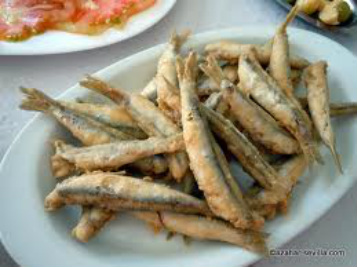
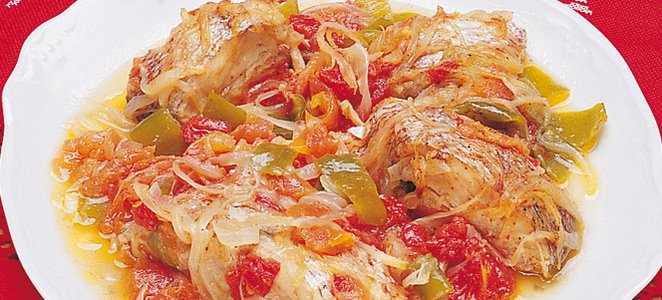
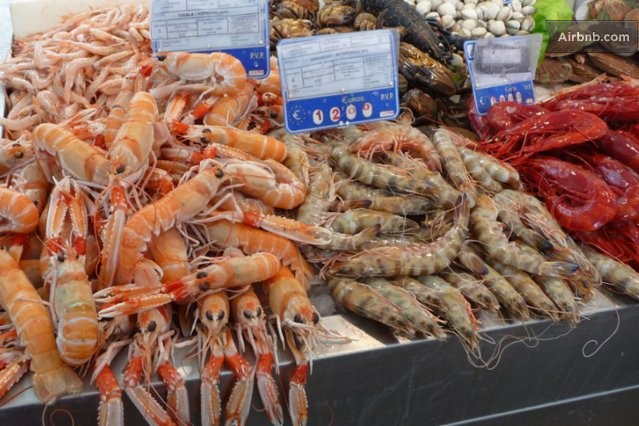
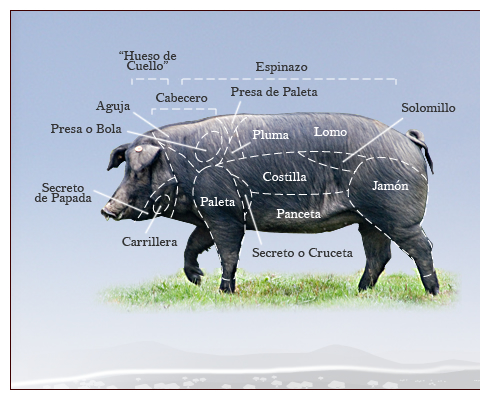
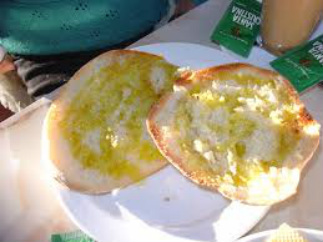
 RSS Feed
RSS Feed